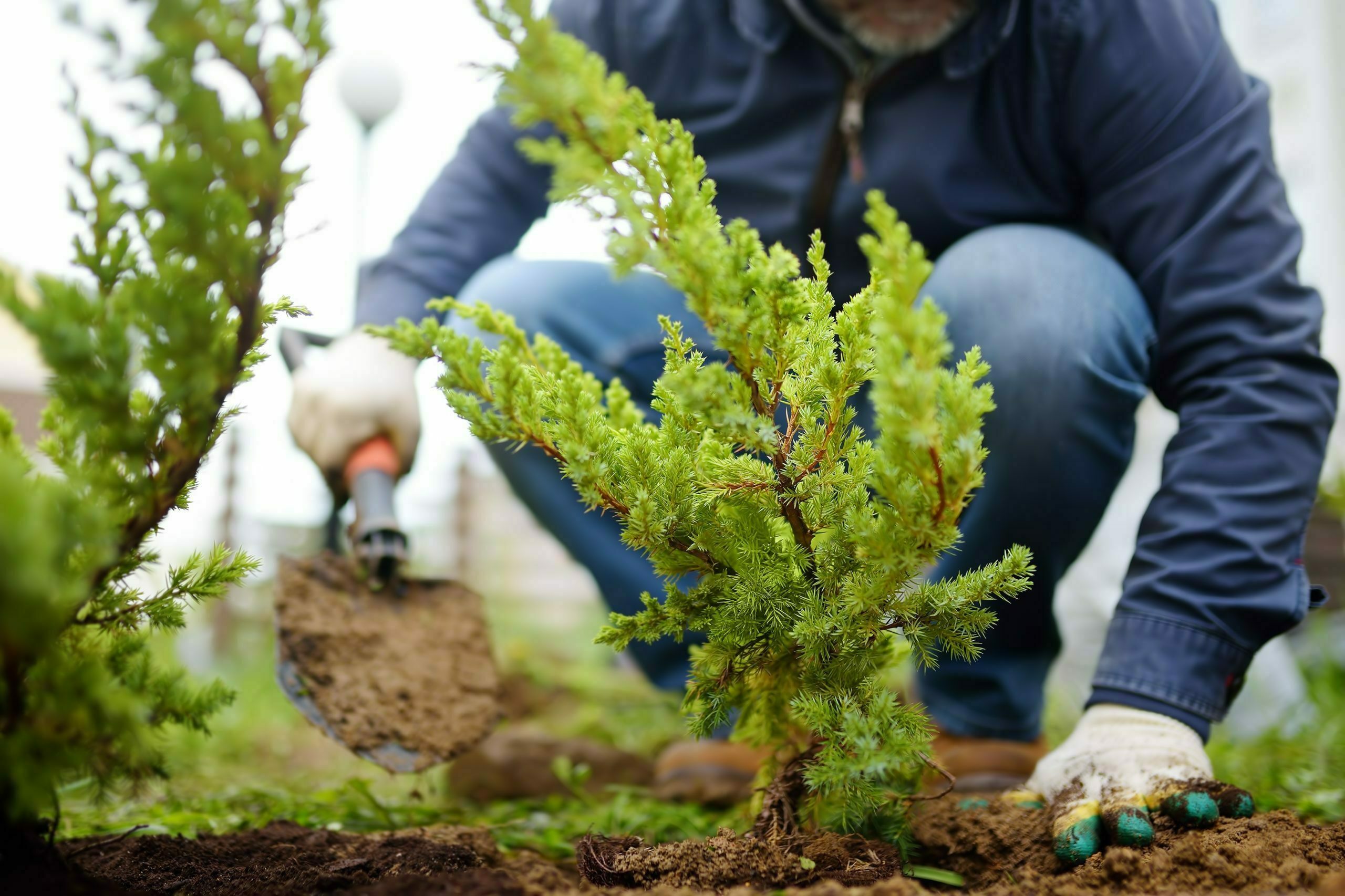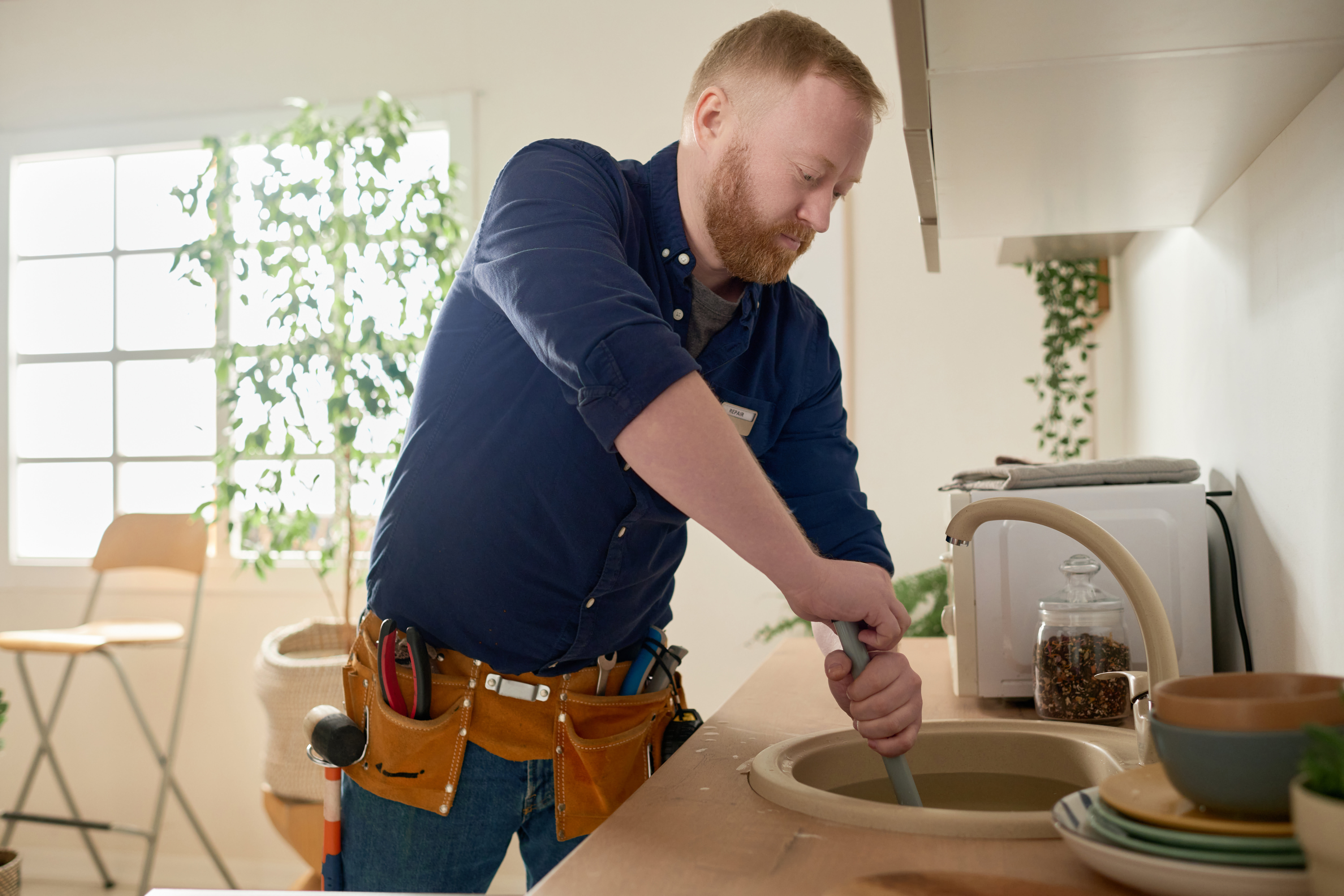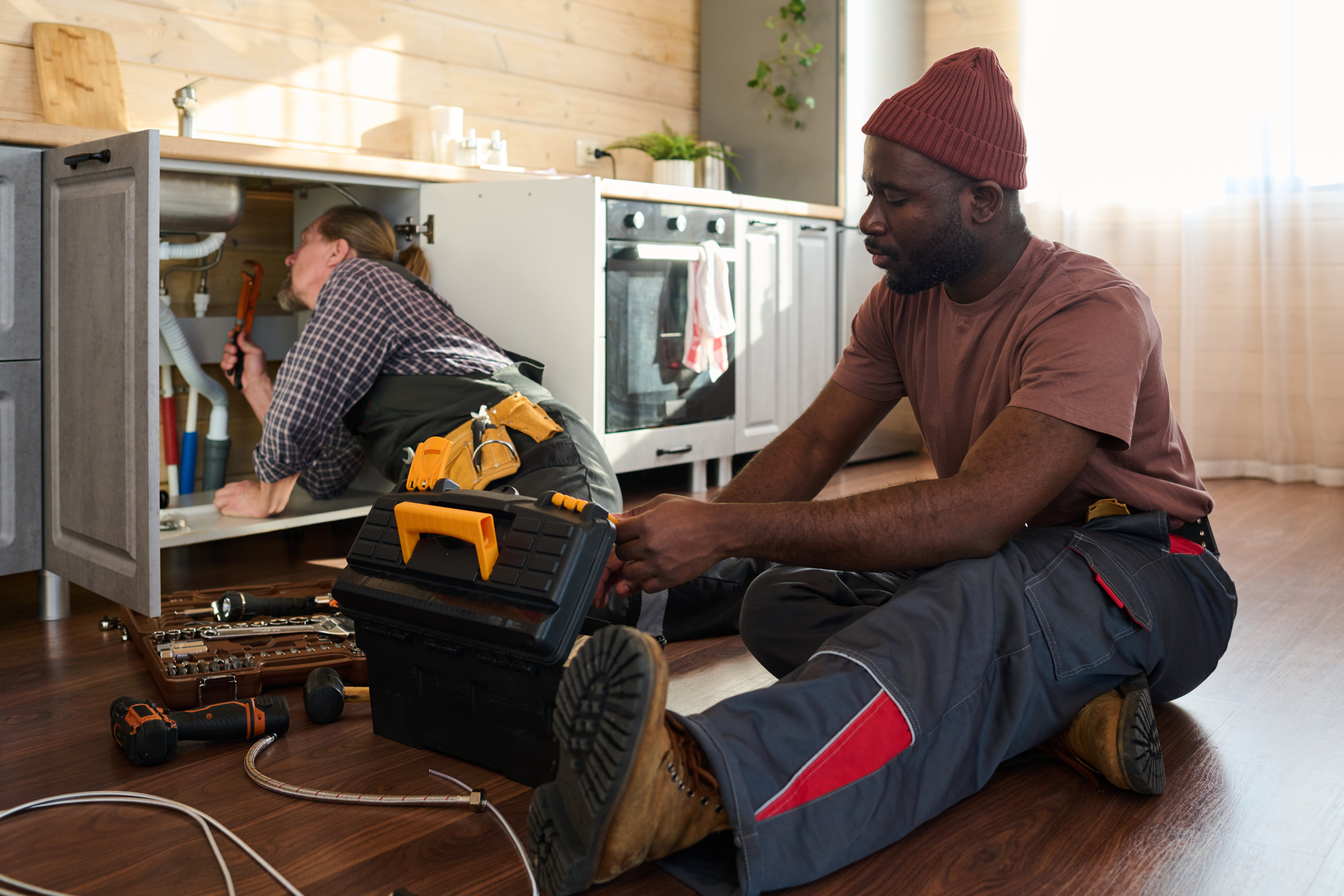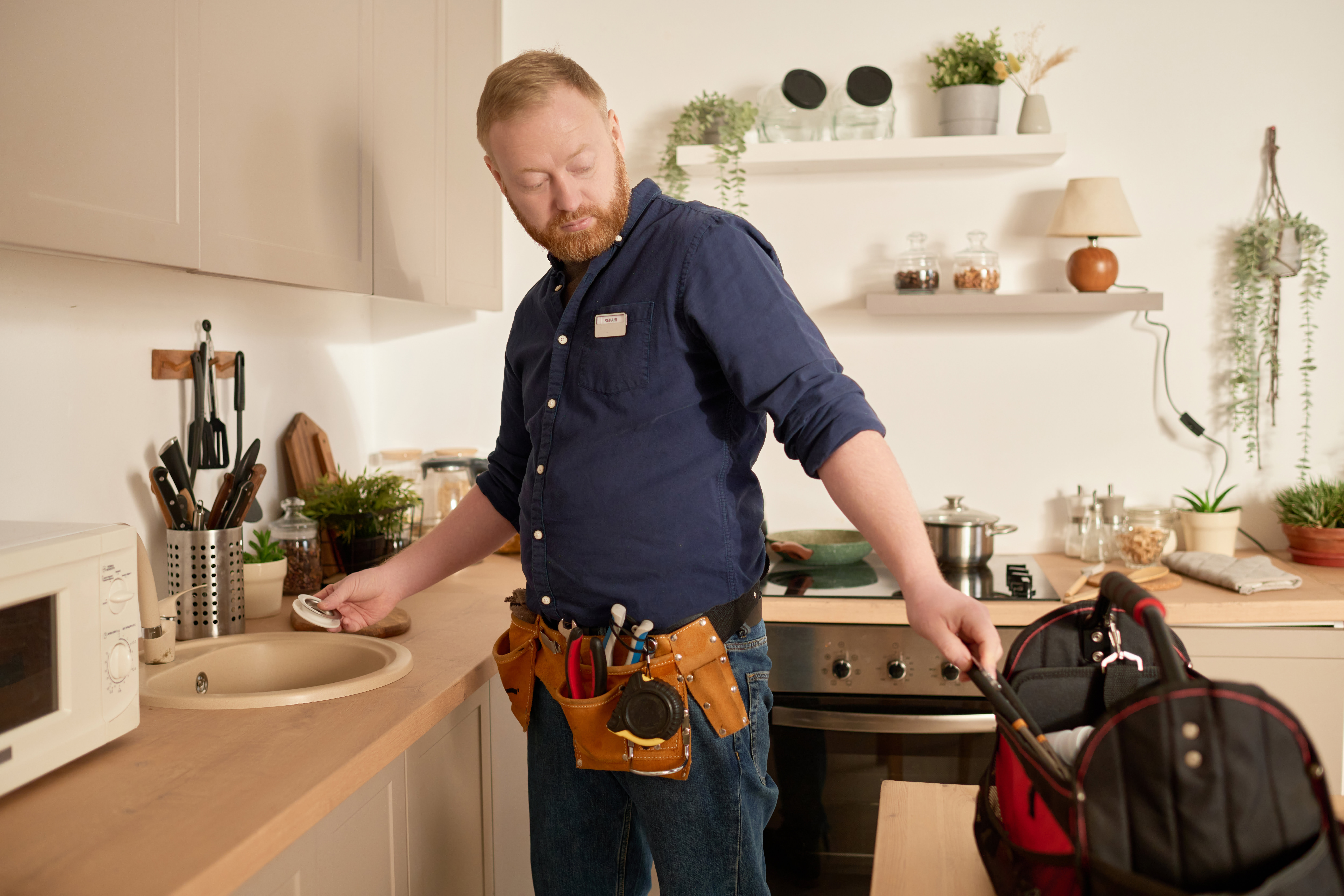Many people think that moving means they can kiss their garden goodbye. As a result, many avid gardeners want to avoid moving primarily for this one reason. However, there’s no need to give up on your dream house just because you don’t want to abandon the garden you’ve put years of hard work into. If you’re moving to a new house, you don’t have to leave your garden behind – you can move it with you! Follow the simple steps in this blog post to prepare and transport your garden safely to its new home.
Plan out your move first.
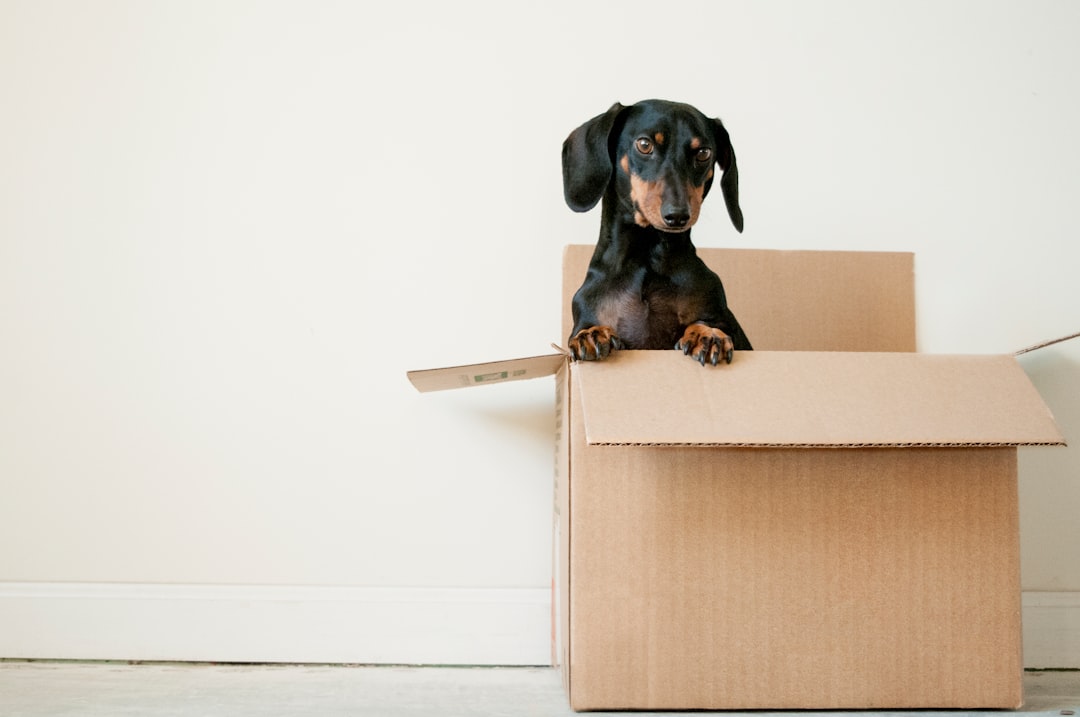
You need to take a few things into account before moving your garden. The first is hiring a mover. Garden moves can be especially labor-intensive, so it’s best to leave them to professionals. The second is determining where you want your garden at the new house.
So, you’ll need to find a reputable moving company like 495 Movers. Moving companies have the experience and expertise to handle all of the logistics of the move. They know how to pack and transport your belongings safely, and they can also help you with the paperwork and other logistics involved in moving.
Another big advantage of working with a moving company is that they can save you a lot of time and hassle. Instead of having to do all of the packing and moving yourself, you can rely on the professionals to take care of it. This can free up your time to take care of other things, like getting your new home ready and mapping out your new garden plot.
Gardens can be quite large and take up a lot of space, so it’s important to measure your area at the new house and make sure the garden will fit. You also need to consider the type of soil at the new house and whether the garden will be in full sun or partial sun.
Prepare your garden for the move.

Moving your garden to a new house can be a daunting task. But with careful planning and preparation, your garden can make the move with little to no disruption.
First, you’ll need to prepare your plants. Most plants can survive a move, but some may need a little extra attention. If you transport shrubs or any small trees, cut away any broken branches, then soak the root ball in water for a few hours before you pack them up. This will help keep the plants hydrated during transport. If you are transporting plants in pots, pack them securely, so they don’t break during transit. You can use bubble wrap or newspaper to protect them. Once you’re ready to start packing up plants, loosen the soil around the plants using a garden fork to make the soil easier to move and reduce the chances of damaging the plants.
Make sure to label all of your plants, pots, and garden furniture to easily identify them when you get to your new home. With a little bit of planning and preparation, you can easily move your garden to your new house.
Unpack your garden and replant it.
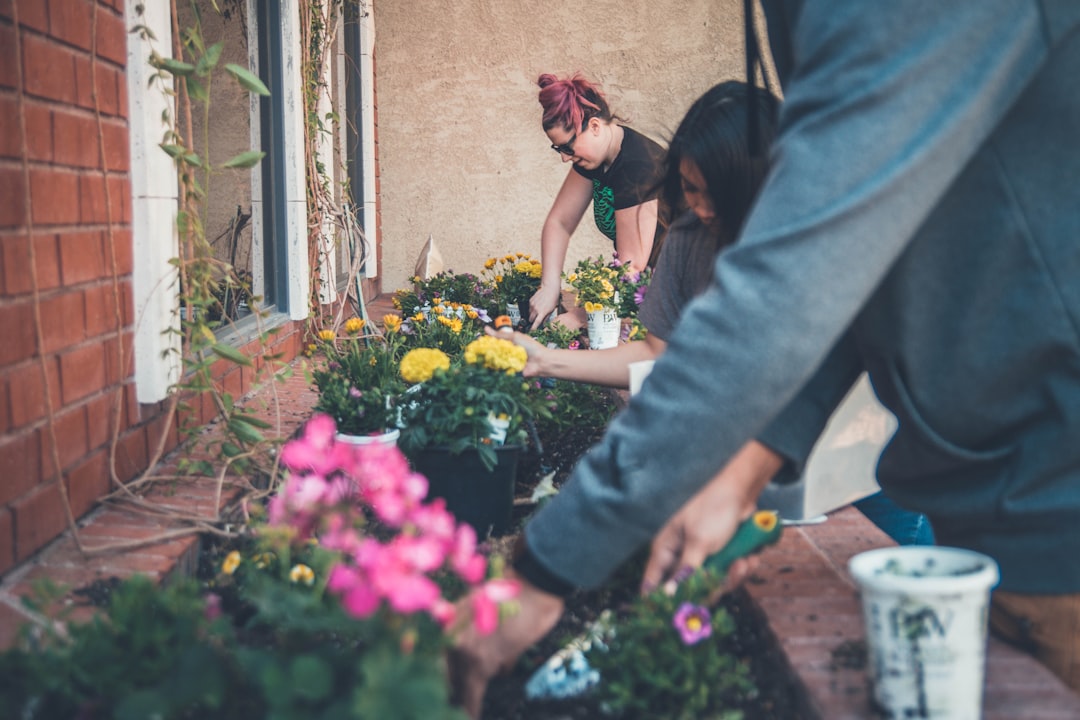
Now that your garden is safely transported, it’s time to unpack your plants and replant them. You will want to ensure that you are planting them in the correct spot and that the soil is the correct type and pH for the plants. You can find this information on the plant tag or the internet. Remember that you may need to find some new gardening tools to prep the new garden area for your plants, such as a garden tiller. These tools will ensure you get your plants in their new home quickly and easily. So, consider finding a reputable supplier, such as this outdoor power equipment store in Gresham, OR.
Once you have replanted them, you will want to keep an eye on them and water them as needed. You will want to water them well and then water them regularly until they are re-established in their new home. It may take a little while for them to get used to their new surroundings, but they will be thriving in no time with a little patience.
Enjoy your new garden.
With the move finally out of the way, you can enjoy your new garden. Remember to plan out your move, make the necessary preparations for your plants, and get them back in the soil quickly to ensure a smooth, successful transition.



